1/5 of the world’s fresh water is found in the Amazon basin.
As the guardians of the headwaters of the Amazon, the importance of protecting waterways and ensuring their health to our work cannot be understated.
The Amazon is well known for its long, curving rivers going through vast expanses of green forests.
Its most prominent river, the Amazon River, is the second-longest in the planet, spanning over 3,912 miles and crossing Peru, Bolivia, Peru, Ecuador, Colombia, and Venezuela.
It carries more water than any other river in the world and is one of the last unstopped, undammed rivers that go from source to the ocean left.
Despite its beauty and importance, the river is under constant threats of degradation and contamination. Without it, millions of people will be left without drinking water, a source of protein from local fish, and their livelihoods.
In certain parts of Peru, the lack of monitoring of water quality in rivers can have deadly consequences. Water is often contaminated by mercury due to illegal gold mining activities that happen in rivers.
We developed Peru’s first community water monitoring system, which enables the local population to monitor the health of key aquatic resources, enabling the community to understand the quality of the water they use for drinking and fishing.
We put this replicable model into action in partnership with the Amarakaeri Communal Reserve, an indigenous territory of 1 million acres where many rivers are born.
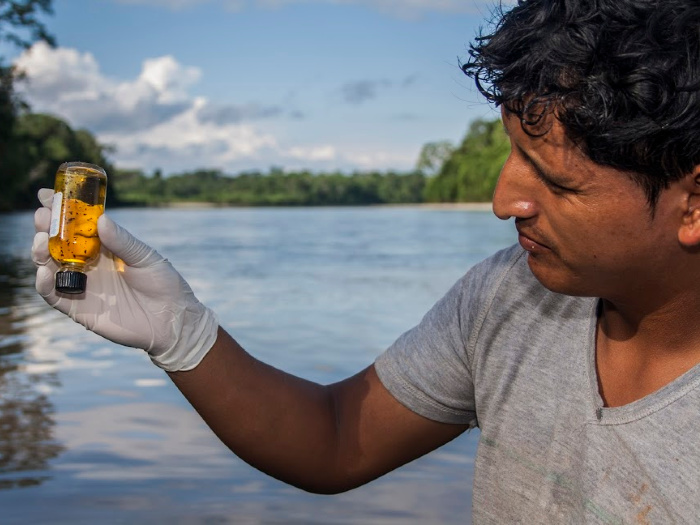
Many Amazonian communities are dependent on water from the forest, however, population growth and high deforestation levels make water increasingly scarce.
We’re mobilizing local solutions to ensure water supply by connecting stakeholders, building agreements, providing technical capacity.
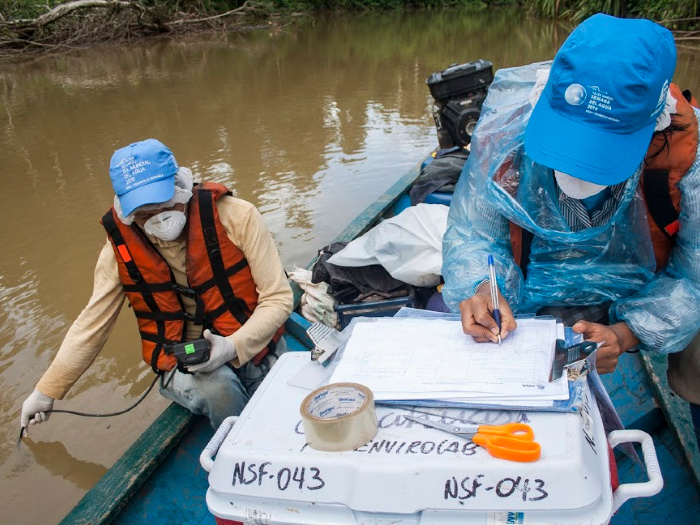
The little-known Quelccaya Ice Cap is perched 18,400 feet above sea level in the Peruvian Andes.
With a surface area of 17 square miles, it is the world’s largest tropical glacier and feeds many Amazonian rivers. The glacier is now part of a conservation area we are helping create so that conservation measures can be taken to slow down the deglaciation process.
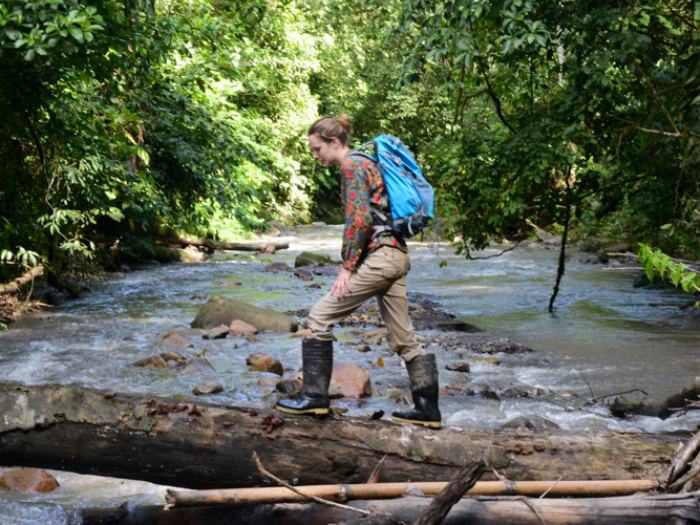
We partnered with Michael Goulding, one of the world’s leading experts on Amazonian rivers and their biodiversity to direct the production of 10 extraordinary books about the Amazon’s sprawling river system and the rich life it supports.
Authored by an international team of aquatic conservation ecologists, these books distill research from across the Amazon Basin into volumes packed with beautiful photos and accessible to a broad audience. Most have been published in English, Spanish and Portuguese.
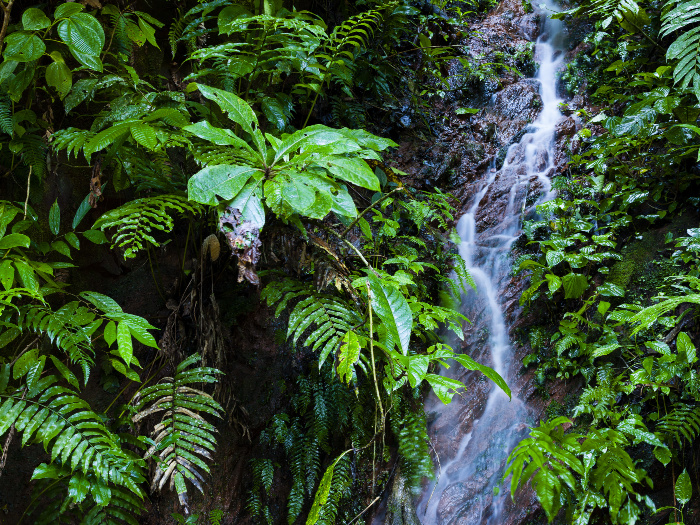
Our MAAP Project keeps a close eye on the riverbanks where gold mining deforestation and contamination is likely to happen.
The project finds, tracks, and exposes deforestation happening on the ground in near-real time using satellite images and radar technology.
In one instance MAAP discovered that illegal gold mining deforestation was changing the course of a river. By alerting local authorities, the illegal activity could be stopped before it got to a point of no return.
The river course and the forest are now recovering.
We empower local, remote, rural communities in the protection of their highland wetlands, or bofedales in Spanish.
The bofedales ecosystem is vital for conservation as the water from them and the Andes trickle down to become the Amazon river and its tributaries.
We helped the Japu community – the closest living descendants of the Incas – reduce overgrazing of alpaca in the region, engage youth in learning about wetlands, work with scientists to conduct research, and create a plan for the sustainable management of their lands.
“Amazon Conservation helped create local agreements to protect and manage the threatened water resources of my community and provided open training for our members to become leaders in conservation. Now I lead part of the effort to help my community get access to water.”
– Jenny Olivera, local community organizer in Bolivia
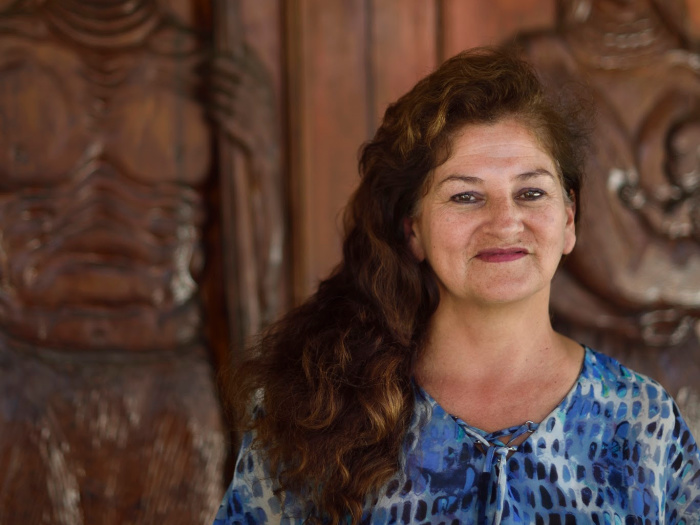
As part of a significant step in advancing the sustainable management of regional conservation areas in Peru, our sister organization in Peru Conservación Amazónica–ACCA donated 290,000 Peruvian Soles (about $77,100) to the Cuzco Regional Government in support of a project aiming to create a regional system of protected areas in the country’s Andes-Amazon region. This […]
From Nashville to the Amazon: Linking Business, Sustainability, and Ecosystems Business supporters are one of Amazon Conservation’s favorite avenues to raise awareness and support for our work because of their unhindered desire to give back to the planet. Whether directly donating to our work, promoting awareness of the Amazon’s importance to their clients, running campaigns […]
In the first two installments of a new series monitoring soy deforestation in Bolivia, we provide more accurate estimates of total soy production-based deforestation and some of the major actors driving this significant source of deforestation. It is generally well known that the production of commodities such as soy, oil palm, and cattle are major […]